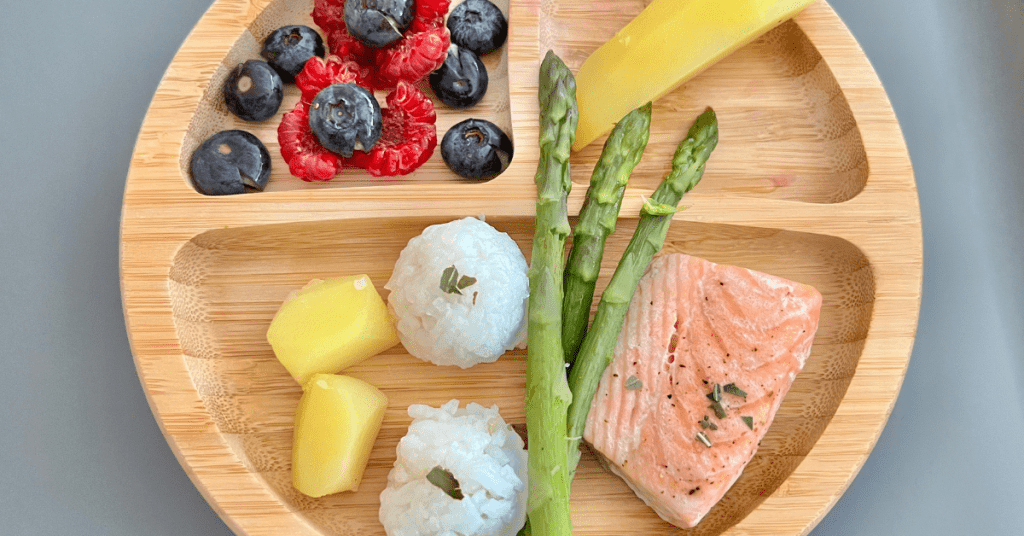



At Fennies, we believe in shaping not only children’s physical fitness but also their overall health. Our PE Specialist Jack promotes healthy eating habits across each of our Fennie’s sites. In this blog Jack explores some effective ways that you can encourage nutritious choices and help build positive relationships between food and your children.
A great way to introduce healthy eating habits at home is by leading by example, Children are incredibly observant, and by showcasing our commitment to nutritious foods, we become positive role models. An easy way to introduce this at home is by…


Learning about healthy eating doesn’t have to be boring. At Fennies I incorporate fun and interactive activities into my physical education sessions through games and quizzes, they are a great way to teach children about the nutritional value of different foods. This is something you can introduce at home, some of my favourite games include…
Making the learning process enjoyable enhances engagement and retention.


A positive atmosphere around food is crucial to building healthy eating habits in young children. Mealtimes should be stress-free and enjoyable. Encourage open conversations about food preferences and dislikes. Some great conversation starters to introduce to mealtimes include…
These questions help build a healthy association with eating and family mealtimes.
Understanding appropriate portion sizes is essential for children’s well-being. We utilise visual aids, such as portion control plates, to demonstrate the balance of different food groups on their plates. This knowledge empowers children to make mindful choices about the quantity and variety of foods they consume.
Hydration is a key component of a healthy lifestyle. At Fennies we actively promote the importance of drinking water throughout the day. Before starting a PE session, I always ensure that the children have easy access to their water bottles and stop to take a drink regularly.
By educating children about the benefits of staying well-hydrated, we inspire them to embrace this vital habit. You can encourage regular water intake at home by…
Snacking is a natural part of a child’s day, and we guide them toward nutritious options that fuel their bodies and minds.
By embedding healthy snacks into their lifestyle, we instil the value of nourishing choices.
Conclusion
As a PE specialist at Fennies, my role transcends physical activity. Actively promoting healthy eating habits contributes to the foundation of a healthier and happier future.
Through collaboration with parents, creative educational approaches, and a positive food environment, we inspire the next generation to make informed and wholesome choices.
PE Specialist












View All
This website uses cookies so that we can provide you with the best user experience possible. Cookie information is stored in your browser and performs functions such as recognising you when you return to our website and helping our team to understand which sections of the website you find most interesting and useful.
You can read out full privacy policy here
Strictly Necessary Cookie should be enabled at all times so that we can save your preferences for cookie settings.
If you disable this cookie, we will not be able to save your preferences. This means that every time you visit this website you will need to enable or disable cookies again.